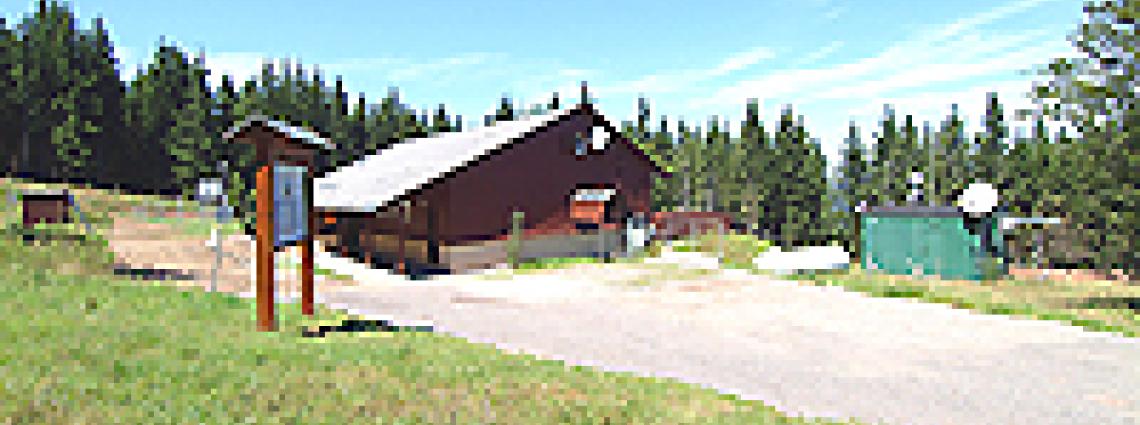German radionuclide station turns 50
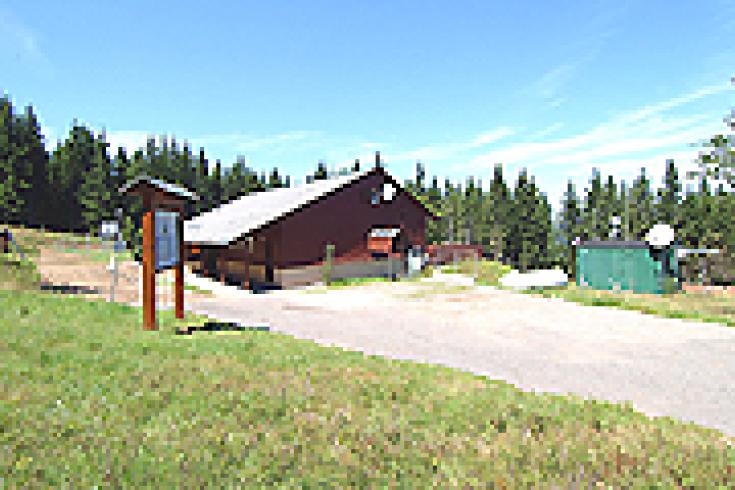
Radiation monitoring station at Schauinsland, Germany, which also hosts CTBTO's radionuclide station RN33.
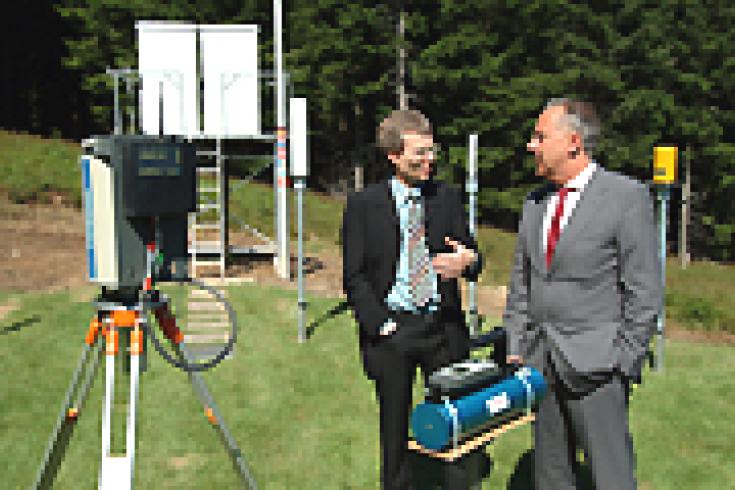
State Secretary Matthias Machnig (right) with Dr. Gerald Kirchner of the Federal Office for Radiation Protection at monitoring station Schauinsland.
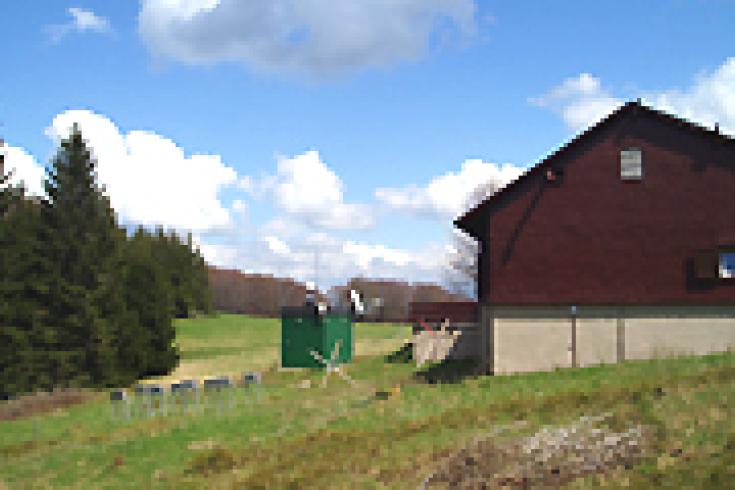
The noble gas measuring equipment is located inside the building along with other radiation monitoring equipment.
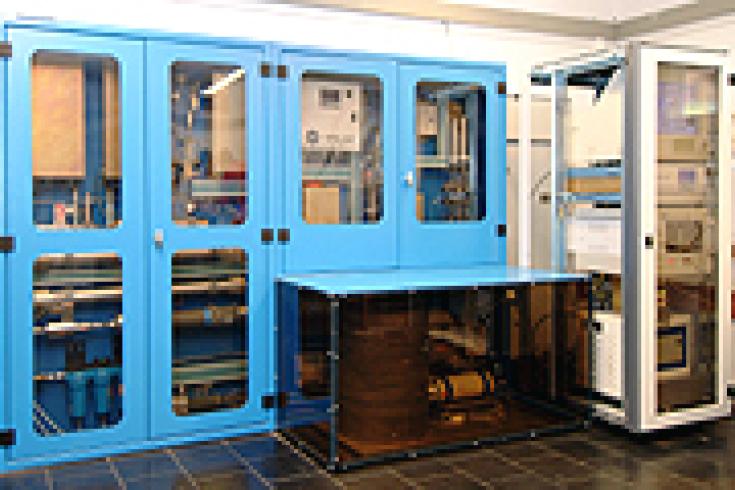
Noble gas measuring equipment.
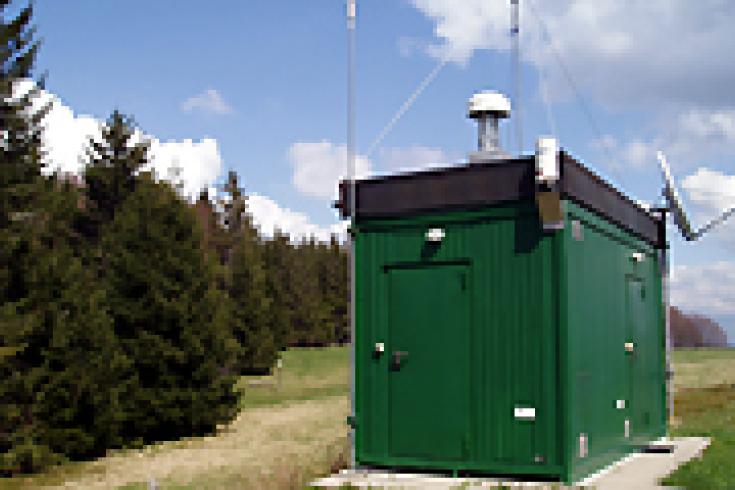
Container housing equipment of radionuclide station RN33.
28 Mar 2008
